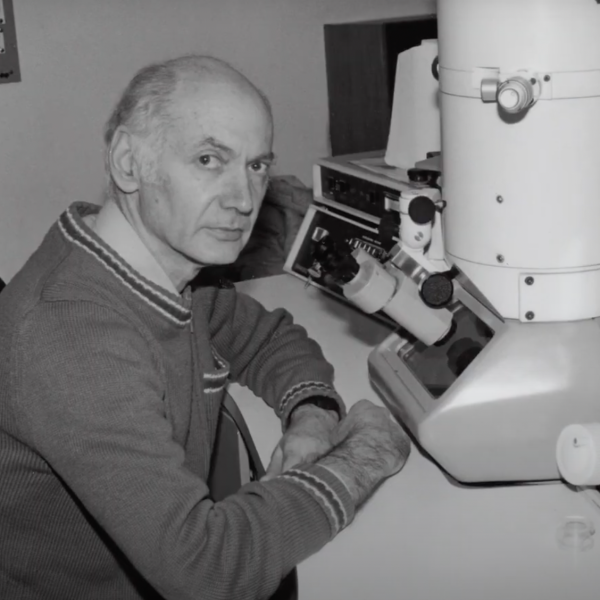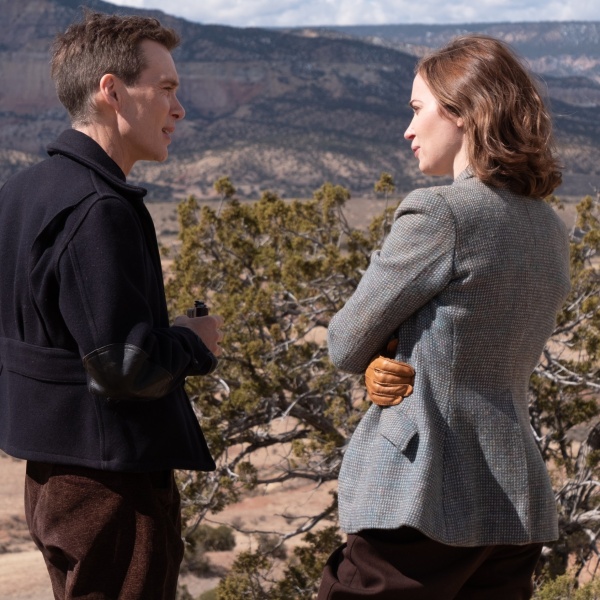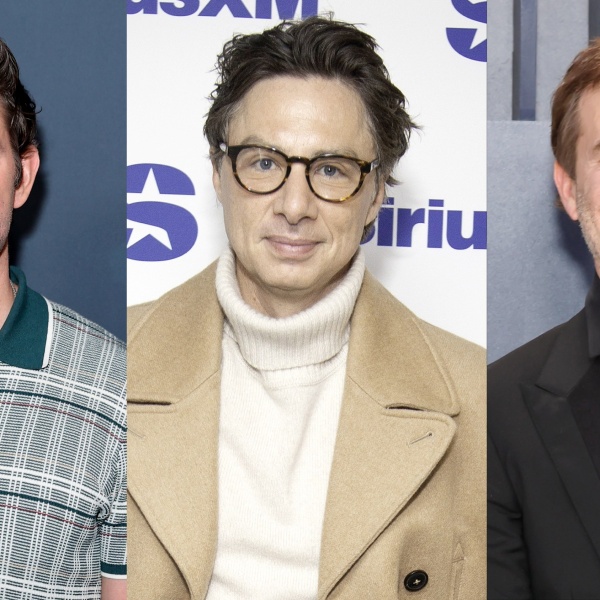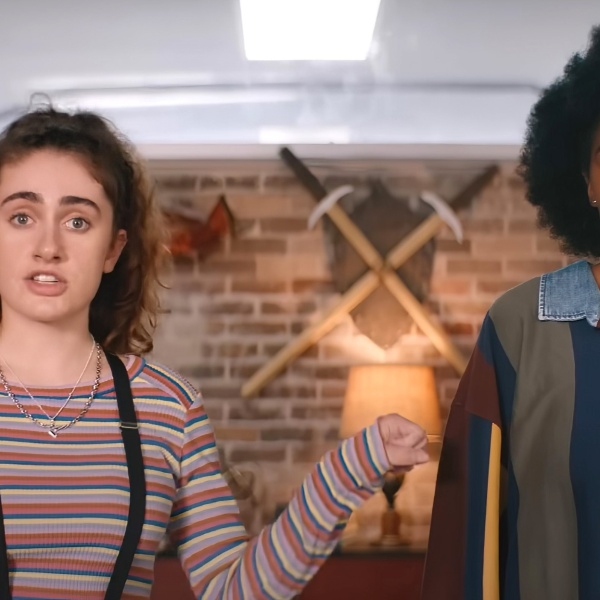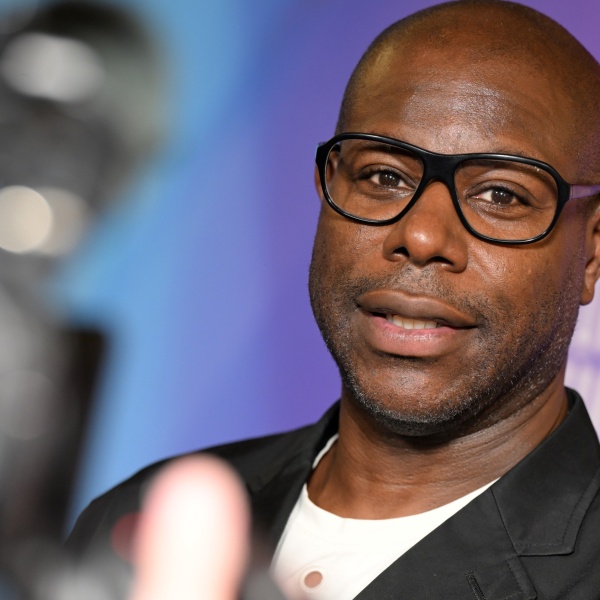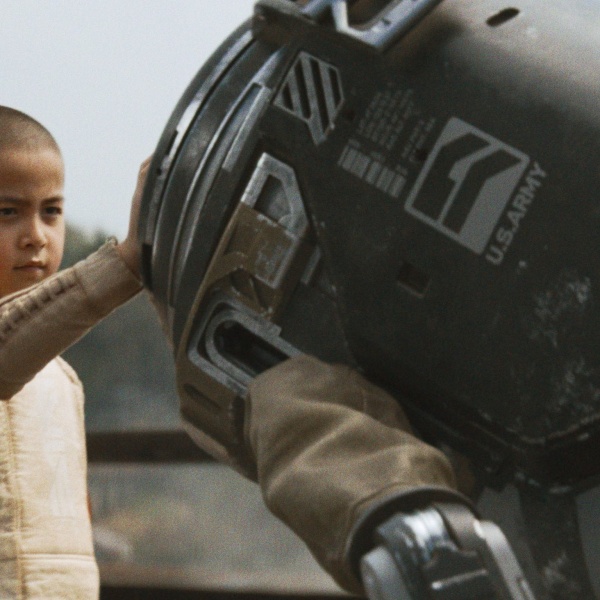
Last year Harrison Ford made his very first appearance at Comic-Con, handcuffed and escorted by security as part of an inside joke with Jon Favreau from the set of “Cowboys & Aliens.” This year, we get Steven Spielberg. Who’s next? Maybe George Lucas? Do we even care any more? We digress…
Part of the reason Spielberg came to Comic-Con for “The Adventures Of Tintin” is that he kind of has to. Unlike many of the immediately recognizable properties Spielberg has brought to screen in the past, American audiences have little to no familiarity with the character of Tintin. And it doesn’t have dinosaurs, sharks or alien invaders to wow audiences in the teaser. While it wouldn’t surprise us at all if ‘Tintin’ were great and became a smash hit, it’s clear that Spielberg, Jackson and co. have their work cut out for them. On Friday, Steven Spielberg hit the Hall H stage with Peter Jackson to discuss a project almost three decades in the making and to show off the first extensive footage from the film. It went over well and the quality of the clips screened was arguably some of the best mo-cap work we’ve seen. While it wasn’t quite reality, it did seem to deliver a humanity we haven’t previously seen with this kind of work. And by that we mean the Tintin characters don’t have the dead, soulless eyes of past movies such as “The Polar Express.”
What we saw was impressive and we left feeling quite hopeful. Here’s a recap of what learned about ‘Tintin’ at Comic-Con.

1. Making ‘Tintin’ brings the ‘Indiana Jones’ influence full circle.
‘Tintin’ has been cited as an influence on the ‘Indiana Jones’ movies for years. While we’re not sure if Lucas was familiar with Tintin, Spielberg himself hadn’t actually heard of Tintin until after the release of ‘Raiders.’ “What I’m curious to know is how many people here have ever read a ‘Tintin’ book?” Spielberg asks the Hall H crowd at the beginning of his Comic-Con panel. The crowd erupted with applause. “That makes my job a lot easier,” Spielberg continued. “‘Tintin’ by Hergé has been embraced all over Europe and Asia but not as much in North America. I didn’t know anything about ‘Tintin’ until I read a French review in 1981 of ‘Raiders’ that kept comparing my movie to something called ‘Tintin.’ I got the book and it was all in French, which I don’t read, but I could read the story just based on the amazing artwork and the characters, the humor, the plot. When I got to the end of it, I could see their point. It was a bit of a cousin. In the world of Hergé, Tintin was a reporter and he kind of put himself into the stories he was reporting and kind of became the story. Indiana Jones is, in a sense, sent out to find some kind of antiquity and he gets more involved in the story of the adventure than in the the vision of what he’s trying to accomplish. In that sense, there is a kinship.”
2. Peter Jackson auditioned to play Captain Haddock.
Spielberg bought the rights to ‘Tintin’ way back in 1983, but it wasn’t until about six years ago that the director finally started to move forward with the project. At the time, he wasn’t yet sure whether he wanted to do the movie live action or digitally. So he turned to the men at WETA to help him make up his mind. “I had to make the decision to do the movie live action with a digital dog or do the [whole] movie digitally,” Spielberg told the crowd. “So I had WETA do a test. I said, show me what the digital dog looks like up against a human character, preferably a character in a costume from “Tintin.’”
What Spielberg got was an impressive test set on a dock in front of a ship featuring a digital version of Snowy the dog alongside Captain Haddock. But the surprise was exactly who was in the Captain Haddock costume. “I thought I’d just take this opportunity to put myself on film for the role of Captain Haddock,” says Peter Jackson in Haddock garb. “It’s been my dream to play this part for a long time. I’ve got the costume, the props. I think I’d make a wonderful Captain Haddock for your movie.” Meanwhile, as Jackson auditions, Snowy bounces around trying to steal the show. “It’s my turn,” Jackson tells the dog. A moment later the dog laps up an overturned beer and starts staggering around the dock before ultimately falling off. “Swim! Can’t you dog pedal?” Jackson asks Snowy before diving in after him. Big laughs from the crowd followed. After the clip, Jackson took the stage himself. “It was when Steven saw that plunker on screen that he decided this film could never be live action,” Jackson tells the crowd.
3. The biggest challenge in making ‘Tintin’ was making it look like the Hergé drawings.
Once the WETA test had proven to Spielberg that they could achieve what he wanted digitally, the next challenge was to shape the design so that it could bring Hergé’s world to life visually. Casting came second for Spielberg after the character design. “We wanted the movie to look like the drawings in the Hergé adventures,” said Spielberg. “We didn’t want to cast actors to look like the characters and have everyone say, ‘Why did you do that? They sort of look like Captain Haddock or the Thompson twins or like Tintin himself. We’re all here because we love art and we love art so much that we wanted to honor Hergé by using the animation to get as close as we could to the characters he invented, not characters we would reinvent based on big names and big movie stars.”
“The idea was to create characters in a 3D animated world that look as close as they could to the characters,” added Jackson. “We also wanted to make it as much of a hybrid of animation and live action as we possibly could. Even though these characters have faces you could never find in a real human being, you still wanted to have the pores, the skin, the freckles, the sweat. We wanted it to have a texture and a detail that, while you’re never going to believe it’s live action, it almost looks like live action. 
4. Spielberg was able to see the world he was creating live through the cameras as he was shooting.
Part of the trick to past mo-cap work is that the director can only guesstimate how the final version will look while shooting the film. WETA developed a solution to that problem. “We wanted to create a version of animation and motion capture that allowed the filmmaker to step inside this sort of virtual world that we created over a two or three year period ahead of the action shoot,” Jackson told the crowd. “This is like a hybrid where Steven had a virtual camera and was able to step in and film it almost like it’s a live action film. Steven personally shot this. I mean, he had the camera in his hands the whole time. It was almost like shooting 8mm films.”
“It was, it was the closest experience to [shooting 8mm],” said Spielberg. “It’s like a Playstation game controller with a six-inch color monitor in-between. You look up and you see actors in mo-cap suits. I look down into the monitor and there would be the characters in real time. There’s Tintin, not you know, fully animated, but enough that I could actually be in the world planning all my shots and getting all of my angles. I could put my camera in places that I never could in a live action movie. Let me just say that performance capture is not a medium that is right for every film, but it was right for this particular story.”
5. Jackson believes Tintin appeals to all ages. In fact, he first discovered Hergé before he could even read.
Peter Jackson is a lifelong fan of Tintin and of Hergé. He first heard about Spielberg’s acquisition of the rights way back in 1983 and admits he’s been eagerly awaiting Spielberg’s movie version for more than a quarter century. “My first experience was looking at the books before I could read when I was five or six. You look at the pictures and you could follow the stories because Hergé designed these books almost like storyboards. They were almost like silent movies. Once you do learn to read you learn how elaborate the stories are and how exciting the stories are,” he explained. “I always thought of Tintin when I was young as the older brother I never had. He had the adventures that I dreamt of having. It has that wonderful escapist quality. Once you look at the books as an adult, you see the layers of social statement that Hergé was making, because he made these books between 1927 and right into the 1980’s. A lot happened in the world in that time period, before and after World War II and you start to appreciate the world that he was living in. You also recognize the influences he was under because there are Hollywood adventure films in those stories and there’s silent movies, Buster Keaton, Charlie Chaplin. So when we were making the film, we wanted it to have the different layers that Hergé built into it. We haven’t tried tonally to do anything different at all from what was in the books.”
6. Working with Jackson is Spielberg’s best collaboration since best friend George Lucas.
“I first met Peter when I handed him his Academy Award for ‘Lord of the Rings,’” Spielberg told the crowd. “This was something that we loved equally. The collaboration was effortless. Except for one person, my best friend George Lucas, this is the best collaboration I’ve ever had. We worked side by side creatively making ever single decision from the beginning of the screenplay process to the work that is ongoing right now. This has been such a treat for me, a real honor to work with this guy. It’s very, very easy.”

